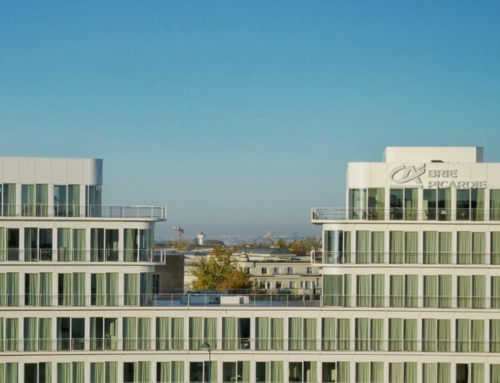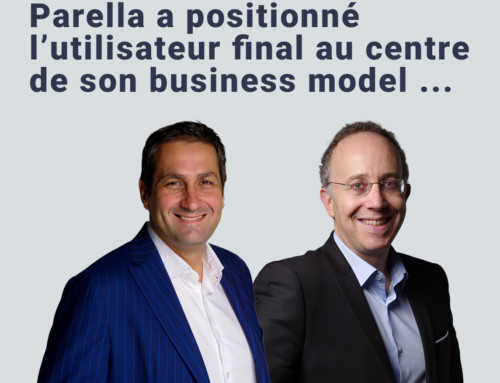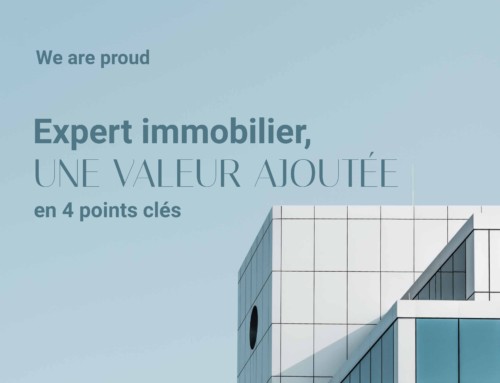Frédéricke Sauvageot - Turning workspace into a resource
Frédéricke Sauvageot is QWL Director for the Real Estate and Workspaces Sector at Orange.
Work organization: an ongoing transformation
Work continues to mutate, and work organization is still in a state of upheaval. Companies are still looking for the right balance of flexibility. Most are still wondering about the phygital employee experience they wish to offer, in a tense economic context of heightened competition and growing inequalities. We're still seeing a lot of questioning about the solid foundations that need to be laid, in order to propose an effective hybrid work organization and build a society of solid relationships enabling everyone to find their place, their balance.
A flexible work organization that takes into account employees' perceptions and needs, whether personal, psychological, psychological or business-related, while promoting collaboration, communication, socialization and cohesion.
"Ways of working have been profoundly redefined, workspaces are being transformed, and floor space is being optimized to meet economic and environmental challenges. In this context, the place and role of local managers, largely overhauled at a time of hybridization, remain decisive to give more value to presence in the workplace, to move from "place" to "link", to pick up on the weak signals of their teams, to create and foster team spirit, to make their tribe vibrate.
A whole program to make the office a multifunctional place where employees not only want to work, but also want to live, socialize and experience rituals.
It's clear that getting employees back on site to guarantee cooperation will not be enough. Just as it is not enough to design spaces and optimize the resource that is space to meet economic and environmental challenges, while at the same time responding to societal and social challenges, and the need for equity and meaning.
Turning the workspace into a resource
The design of the space must make it an easy, fluid resource for everyone. We need to be able to live there, create links and relationships, find our bearings, anchor ourselves there, but also read the space, perceive it, to make it our own by understanding and identifying the different possibilities it offers.
This is what territoriality is all about. To want to work together, you have to be able to mark your territory, and that means space, which, as we know, will influence the way you behave in it. In fact, it is space that will condition the behavior of the employee as an individual within the workgroup.
"So the relationship to territoriality is one of the unavoidable elements to be taken into account in the company and the organization it sets up. We can cite the work of Donis and Taskin (2017), who demonstrated that territoriality had an effect on the sense of belonging an individual may feel for the organization he or she works for.
The sense of belonging it engenders is the key element of the Employer Brand and the organizational culture it embodies. If we fail to take territoriality into account in the design of our facilities, we run the risk of designing and trying to lure employees back to a "non-place", which, according to Marc Augé's definition, is an interchangeable space where the human being remains anonymous.
It's taking the risk that employees won't make the workspaces available to them their own. In a way, it's inviting them to be transient, to maintain a consumer relationship with the workspace, like a catalog.
This means running the risk of dehumanizing the space, which employees will be eager to leave behind, even though the company's objective is indeed to create a society, in a hybrid mode that is becoming increasingly established, to do things better together, and to encourage cooperation and commitment on the part of all, for the sake of collective performance.
Rites to enhance the employee experience
Also a concept of occupancy strategy and managerial posture, space is a resource for managers, enabling them to co-construct their team project and organize the rituals of their tribe, which brings us back to the importance of ritualizing spaces that touch on the sensitive.
The unspoken rituals that arise when certain employees choose the position they perceive to be their preferred position in their team quarters, which they assign to themselves to mark their identity, even if the "rules of good living together" specify that all positions are shared.
In reality, no one dares to claim them as their own, which is a clear sign of the ritualization that is part of the tribe's ritual. Just as anchoring is found in the personalization of team quarters, spaces which in the age of hybrid mode are intended to be on a team scale, on a team quarter scale, and less and less on an individual scale.
As we can see, everything hinges on the story that makes sense, so that we can create our own rituals, and those of our team. In fact, it's ritualization that enables us to create a collective that can create together, because it recognizes itself in a shared story.
Similarly, it is the rites that punctuate an employee's career, from the moment he or she joins a team to the moment he or she leaves, and throughout his or her life with the company. Rites evolve to adapt to different transformations, whether organizational, managerial or spatial, so as to be consistent with employees' culture, beliefs, needs and expectations. These are the rituals that help create a collective and share common values and rules of life, creating social bonds and a sense of belonging that makes for a more lasting commitment. Rites are created both physically and remotely, as our ways of working evolve.
"To take care of well-being, you have to take care of doing well" Yves Clot
"Spaces, tools, management based on trust, communication and a culture of writing are all resources and tools that enable and facilitate interactions and will lead to a society of relationships, in tomorrow's hybrid world, far beyond simply getting employees physically back in the office." Gabrielle Halpern






